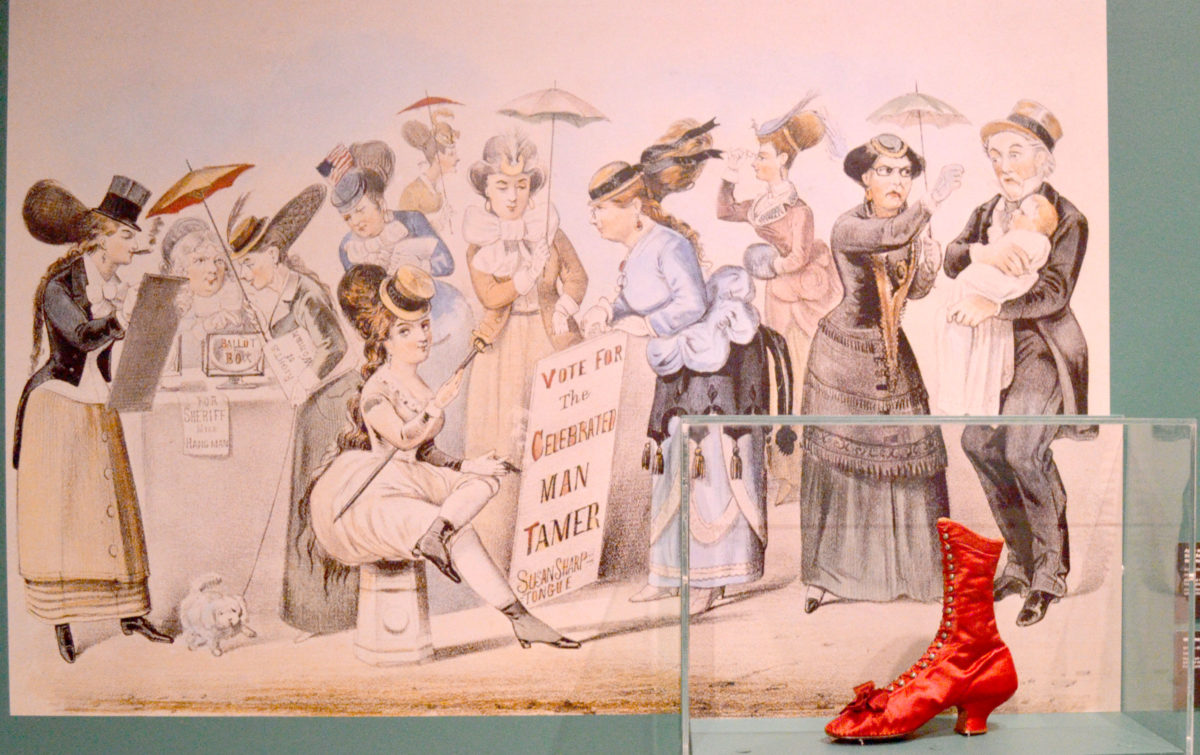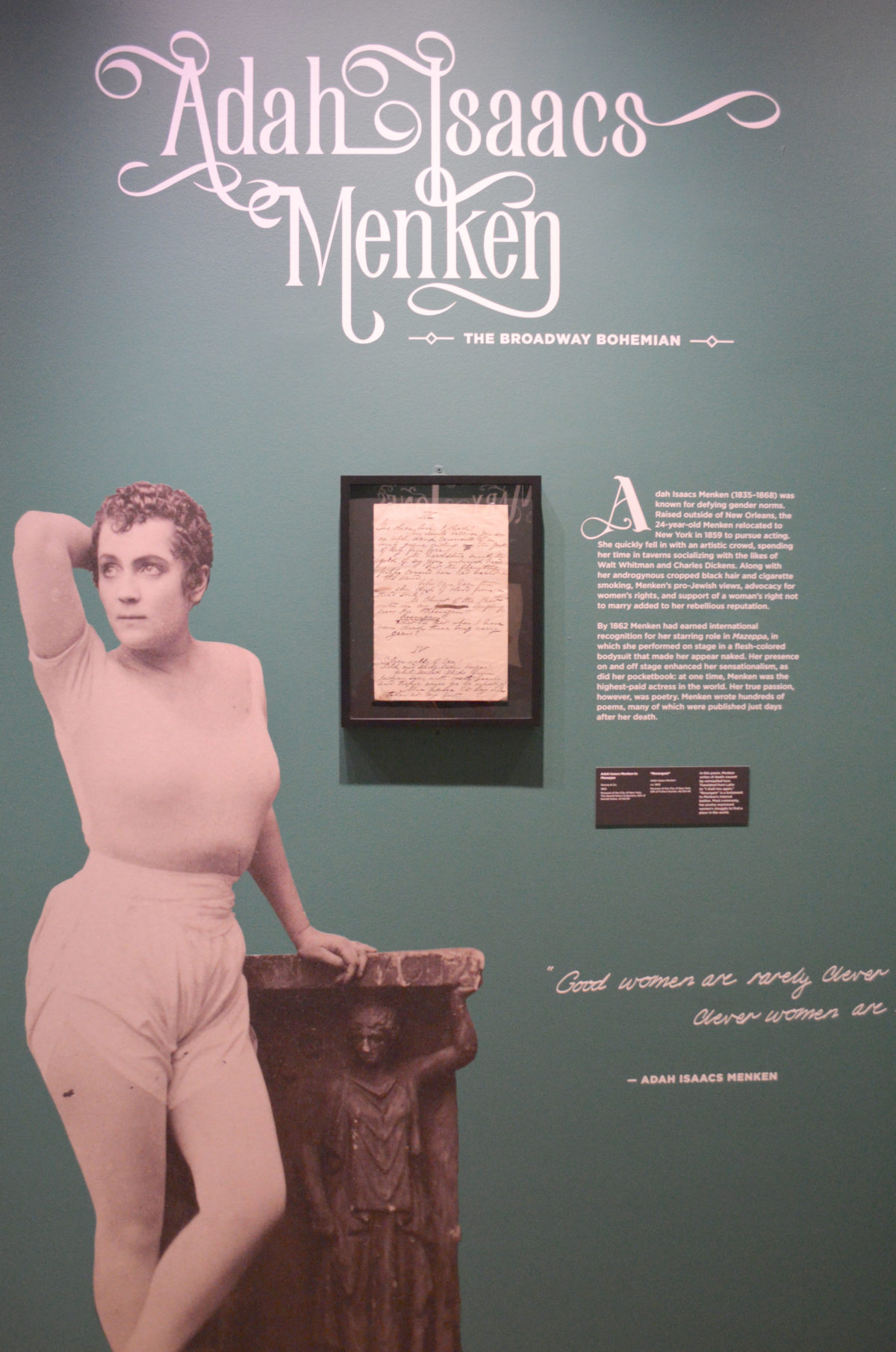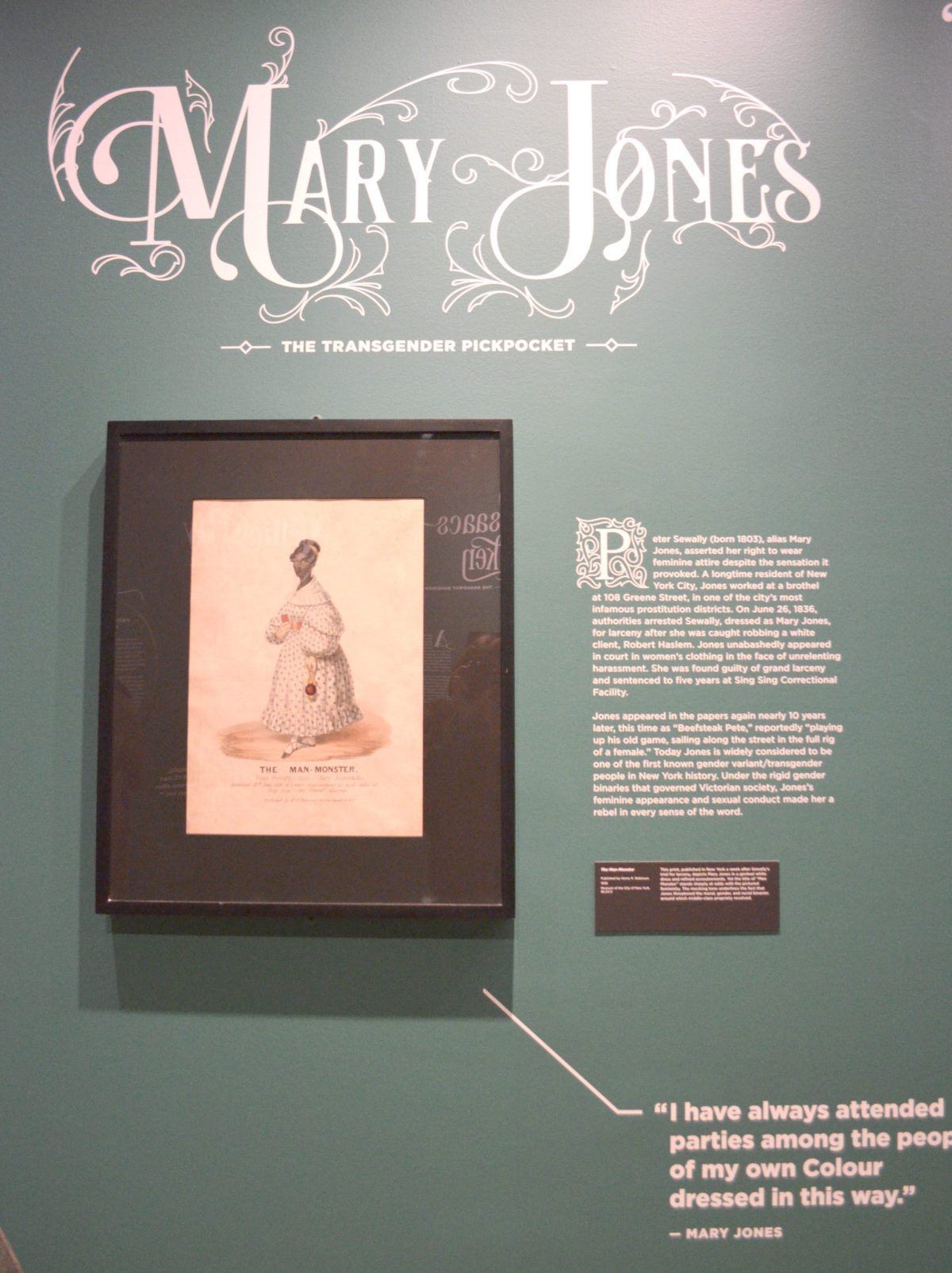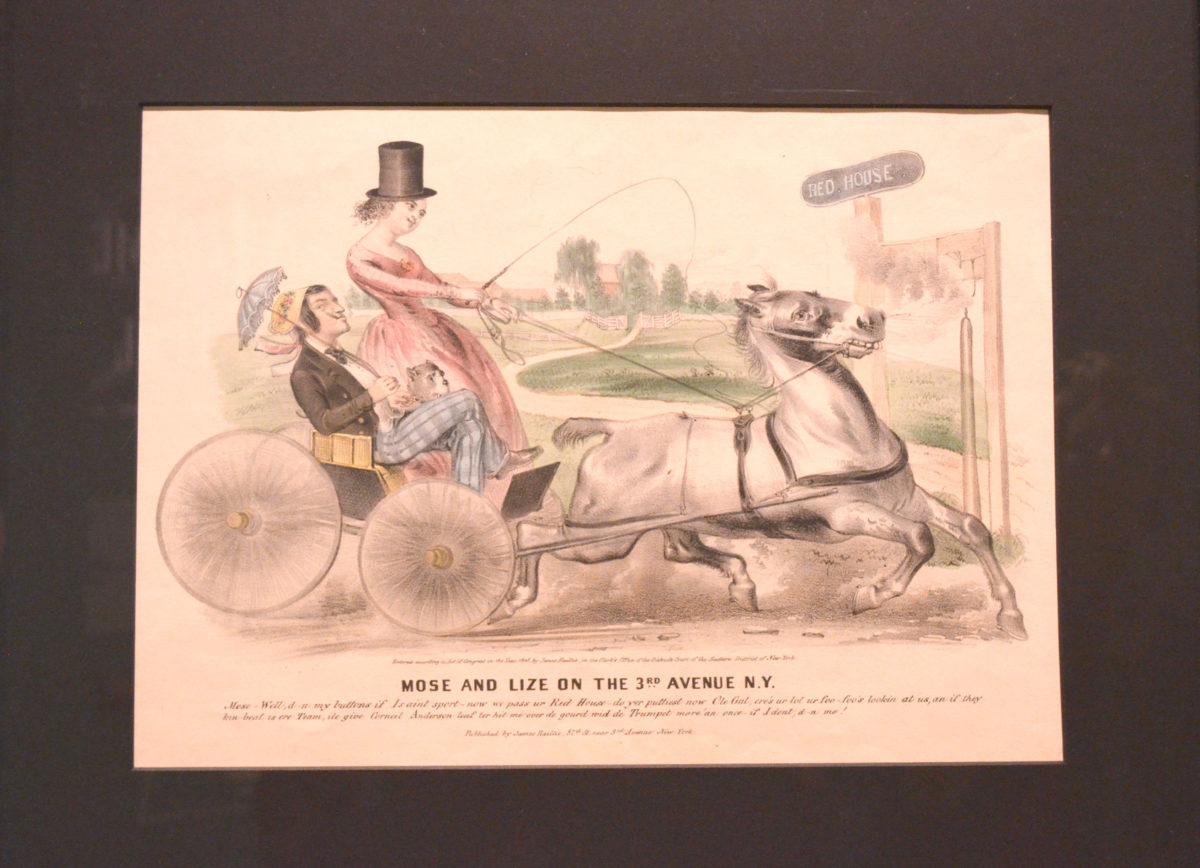
Museum of the City of New York
1220 5th Ave & 103rd
Through January 6, 2019
The Museum of the City of New York presents a new feminist exhibition elaborating on the progressive women of the Victorian era.
“Rebel Women: Defying Victorianism” focuses on the compelling and often untold stories of the city’s independent, unconventional, and path-breaking women who had an indelible impact on New York’s society, culture, and economy by the turn of the 20th century.
A woman could be a rebel simply by speaking in public, by working outside the home, or by disregarding middle-class morality or decorum. Rebel Women explores the lives of activists like Elizabeth Jennings Graham, an African-American New Yorker who refused to get off a segregated trolley in 1854; professionals like Hetty Green, a wealthy businesswoman and broker branded “the witch of Wall Street”; and working women like Helen Jewett, New York’s most prominent courtesan—all of whom challenged the Victorian ideal.

The exhibition starts by giving the viewers a general sense of the time period: corsets and small umbrellas are on display. Political cartoons mocking women such as a satirical cartoon presenting the danger of what could happen to America if women got the right to vote. A single red shoe sits on display: women who wore bright colored shoes or clothes were considered rebels.

The women featured range from promiscuous criminals and prostitutes to intellectuals and doctors. In walk of fame fashion, each individual has objects displayed to represent their life’s contributions. Among the group is Adah Isaacs Menken. With her short cut black hair and habit of cigarette smoking, she fell into the artistic crowd in New York City and spent her time socializing in taverns with men such as Charles Dickens and Walt Whitman. She was pro-Jewish and an advocate for women’s rights, particularly a women’s right not to marry. After playing a starring theatrical role in Mazeppa, Menken received international recognition for wearing a tan bodysuit on stage that made her look naked. This role became a sensation that led her to be the highest-paid actress in the world. She wrote poetry frequently and many of her poems were published just after her death.

Another edition featured is a transgender pickpocket known as Mary Jones. Peter Sewally, or Mary Jones, demonstrated her right to wear female clothing despite the social connotations against doing so. She worked at a brothel in one of New York City’s most infamous red-light districts. In 1836, she was caught and arrested for robbing a white client. She showed up in court wearing her standard women’s attire despite harassment and was sentenced to 5 years in prison. Almost 10 years later, Jones reappeared in the papers as “Beefsteak Pete” who had returned to her normal habits of wearing women’s clothing in public. She is known today as one of the first transgender or gender variant people in New York’s history.

“All of these women have made incredible contributions to women’s history, whether they’re well-known or lesser known. [The exhibit] certainly taps into the ‘nasty women’ and #MeToo women’s rights movement that’s going on right now. […] We show how history repeats itself and it’s important to trace the early activism of women’s rights,” stated the curator Marcela Micucci in an interview with The Guardian.


